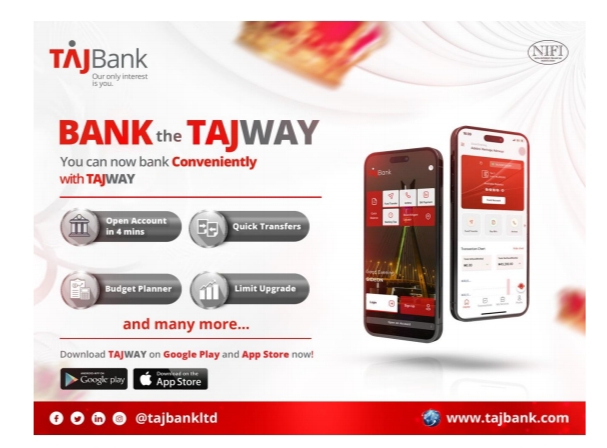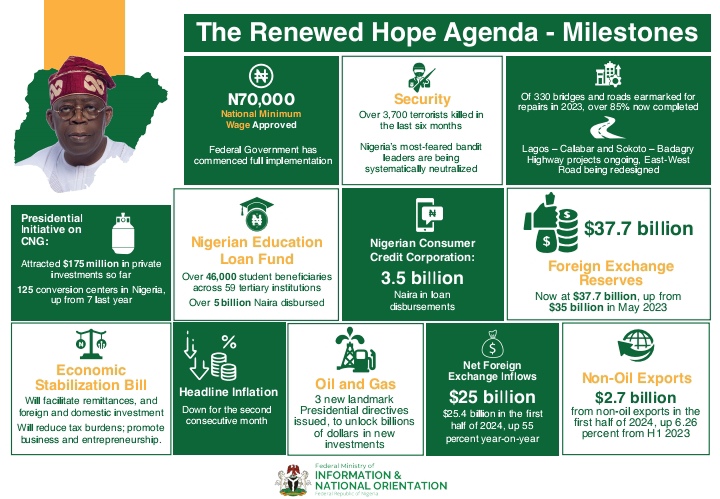By RARZACK OLAEGBE
Problems have solutions. Coronavirus came. Ebola came. We conquered them. However, we are still struggling with air pollution. Election malpractices. Japa syndrome. Do not tell me these problems lack solutions. We may not have ready answers yet. Solutions abound. However, these problems seem invincible. Who is behind this invincibility? Look at the man in the mirror.
On the one hand
Another invincible problem is electronic fraud. It follows cash. We cannot kill it. We can only minimise it. We can turn the other cheek. Pretend it does not exist. Get caught in the downside of the cashless economy. Well, you may have forgotten that cyberattack is sophisticated. Cybercriminals have developed insidious ways to breach your networks. That is why they have access to your identity. Cloned your corporate account. Hijacked your electronic wallet.
In case you have forgotten, electronic fraud against business and individual accounts is a threat. Cybercriminals can drain your funds in seconds. For instance, a C-suite executive in one of the switching companies got it recently. Earl, his real name spelt backwards. Earl was engrossed in a meeting. Then a call came through. The caller was a friend. The friend’s mobile app was down.
He needed help. N250, 000 would fix it. Could Earl send him the funds? He would return it once his mobile app was up. Earl sent the fund. The meeting was over. The cloud cleared. Earl called his friend’s number. The number was off. Earl was a victim of electronic fraud. He wrote his sad story on his social media page. That is one side of a bad code. There are other stories.
READ ALSO: Automation of passport application begins in one week –Minister
Before putting this writing to bed, an email from Remita.net dropped. It was on cyber fraud. Most organisations consider the risk of cyber threats, it said, to their business through cyber assaults, known vulnerabilities, and security flaws. The company acknowledged that the customers are the bigger danger. In many circumstances, “a customer’s weak cybersecurity practices might lead to a compromise.”
Earl was not a victim of phishing. Social engineering. Access control. Or passwords. Earl was distracted. Remita.net said to avoid falling into the hands of cybercriminals, beware of message contents. Suspicious attachments. Personal information. Fake URLs. Poor spelling. Above all, be vigilant. Follow highlighted best practices. These can reduce your risk of falling victim to such attacks.
On the other hand
The Committee of e-Business Industry Heads, CeBIH, said it would collaborate with private and public sector agencies to tackle electronic payment fraud. This would restore consumers’ confidence in the cashless system. CeBIH Chairman, Celestina Appeal had said recently.
Fighting electronic payment fraud is not the responsibility of all. It is not the responsibility of fraudsters to prevent fraud. It is not the responsibility of one bad egg in the bank to prevent fraud. It is the responsibility of the regulator. And a few good people in the system. Working together, we can ensure electronic fraudsters a lack field day.
According to Appeal, promoting a unified front in combating fraud through the collaboration of financial service providers, law enforcement agencies, the judiciary, and regulators is imperative in restoring consumers’ confidence in the Nigerian payment system.
Since CeBIH was committed to leading the engagements with these partners, the menace of electronic fraudsters will be minimised.
In the short term
How can we ensure people use technology well? It is a vicious circle. If we do not contain the downside of the bad code or support the infrastructure, cash will continue to be king.
There are many downsides of bad code in the cashless economy. For instance, a blade will manicure your fingernails. It will also slit a throat. Technology is not a malicious device. Some creative minds can perform malicious activities with it. That is a problem.
What is the solution?
Look in the mirror.













